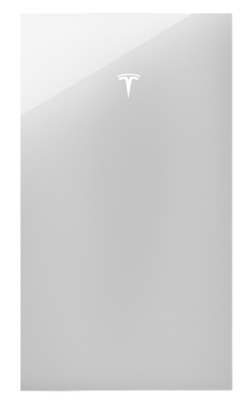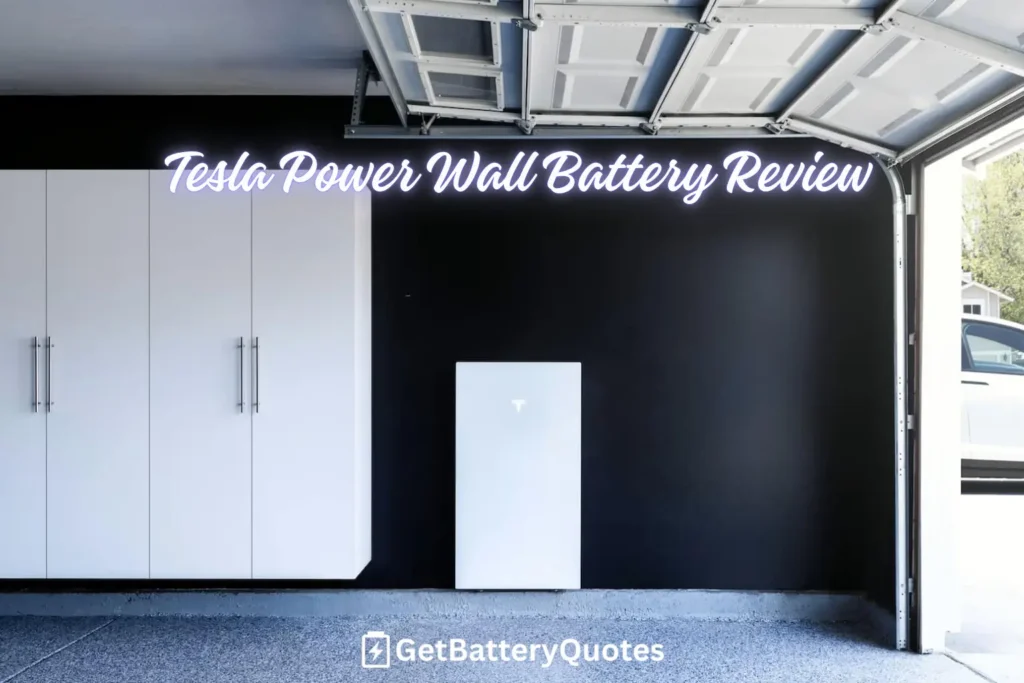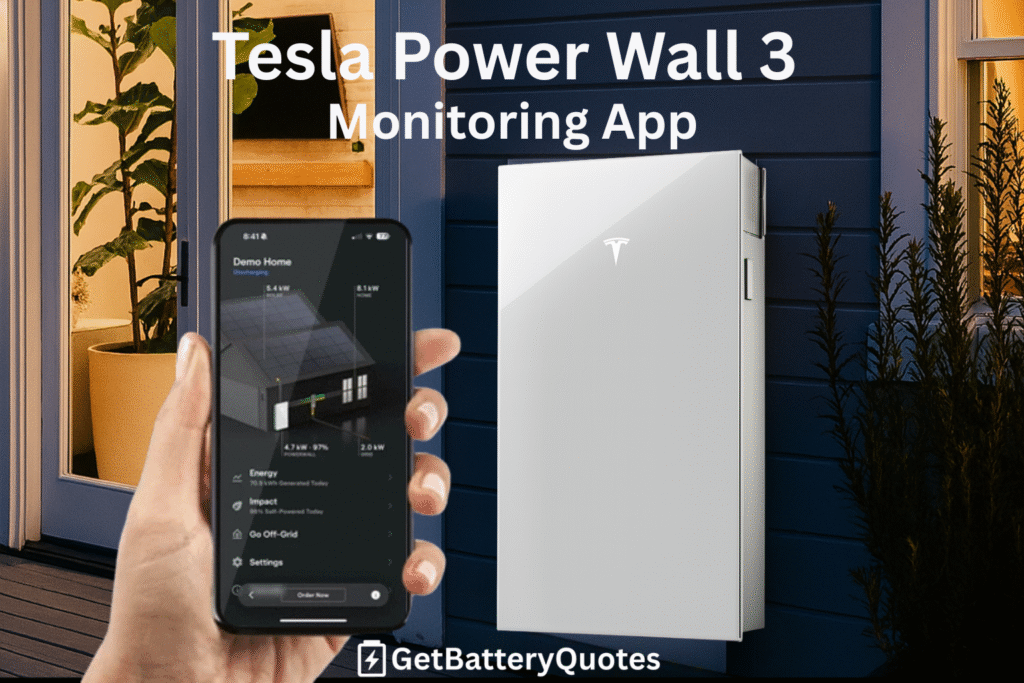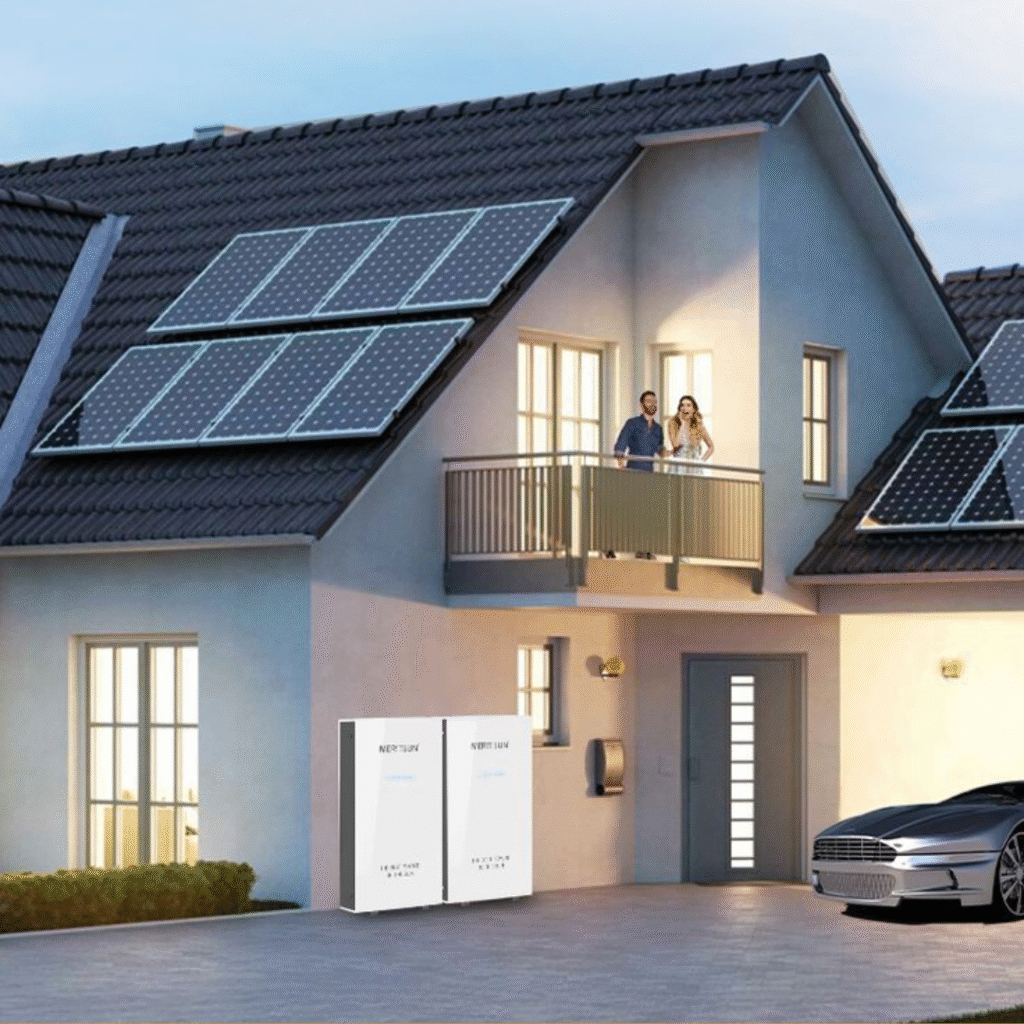Table of Contents
- 1. Is Tesla’s New Battery Worth the Hype in Australia?
- 2. Quick Pros & Cons
- 3. Who Should Consider a Tesla Battery in 2025?
- 4. About Tesla Energy
- 5. Tesla in Australia
- 6. Tesla Powerwall Model Range
- 7. Tesla Powerwall 3 Key Specs (Australia)
- 8. Expanded Pros & Cons of the Tesla Powerwall 3
- 9. Support, Warranty & Local Presence
- 10. Ask Us Anything
- 11. Downloadable Documents
- 12. Final Verdict: Should You Buy a Tesla Powerwall 3 in 2025?
Is Tesla’s New Battery Worth the Hype in Australia?

Quick Pros & Cons
Pros
- Built-in solar inverter with direct DC solar input up to 20 kW
- High continuous power output: 11.5 kW AC per unit
- Designed for whole-home backup with seamless transition
- Smart app controls with flexible energy management profiles
- Compact, all-in-one unit with wall or floor mounting options
- Ideal for new solar installs. No external inverter needed
- Compatible with Tesla's expanding Virtual Power Plant programs
Cons
- Fixed 13.5 kWh capacity per unit. No sub-unit modularity
- AC output only. No direct DC output for off-grid systems
- Higher upfront cost than many hybrid battery systems
- Availability and installation access can be limited in some areas
This reflects the true hybrid nature of the Powerwall 3 accepting DC input from solar and delivering AC output, with the inverter built into the unit.
Tesla Powerwall 3 Battery Performance Matrix
Technical Performance
User Experience
Trust & Support
Overall Score
88%
Get Upto 3 Quotes
Compare Battery prices from trusted installers and save thousands on your energy storage system
Tesla Powerwall 3 delivers high performance and intelligent energy control in a sleek, all-in-one package. It’s an excellent choice for new builds or full system upgrades where backup, smart features, and inverter replacement are priorities.
Who Should Consider a Tesla Battery in 2025?
You're starting fresh
You want whole-home backup
You’re planning to join a VPP
You want a long-term energy investment
About Tesla Energy
Tesla in Australia
- Thousands of Powerwalls installed nationwide since 2017
- Supported by multiple Virtual Power Plant (VPP) programs (e.g. SA VPP, Tesla Energy Plan)
- Tesla’s Australian presence is growing, but support is still largely centralized via app-based or remote service teams
- Installation and service are handled by certified Tesla installers and solar partners
Tesla Powerwall Model Range
Tesla’s current residential battery product in Australia is the Powerwall 3, officially launched and approved by the Clean Energy Council in late 2024. While the earlier Powerwall 2 is still technically listed for approval until August 2025, it is being phased out and is no longer the focus of Tesla’s battery offering.
⚡ Tesla Powerwall 3
- Usable Capacity: 13.5 kWh
- Output Power: 11.5 kW continuous (AC)
- Inverter: Built-in hybrid inverter (supports 20 kW of DC solar)
- Backup: Whole-home backup as standard
- Scalability: Supports up to 4 units
- CEC Approval: Valid until October 2027 (in multiple configurations)

Tesla Powerwall 3 Key Specs (Australia)
Battery & Power
- Usable Capacity: 13.5 kWh
- Battery Type: Lithium-ion (Tesla’s proprietary tech, LFP confirmed externally)
- Maximum Continuous Output: 11.5 kW (AC)
- Maximum Continuous Charge Power: 5 kW (AC)
- Load Start Capability: 185 A Locked Rotor Amps (LRA)
- Scalability: Supports up to 4 units for larger homes or small businesses
Solar Inverter Integration
- Built-in Hybrid Inverter: Yes
- Maximum Solar Input: 20 kW DC (Standard Test Conditions)
- MPPTs: 6 Maximum Power Point Trackers
- MPPT Voltage Range: 150 – 480 V DC
- Maximum DC Voltage: 600 V
With its built-in 20 kW solar inverter and 6 MPPTs, Powerwall 3 can eliminate the need for a separate hybrid or string inverter. Ideal for homes with larger solar arrays.
Backup & Energy Management
- Backup Capability: Whole-home backup by default
- Supported Backup Devices: Tesla Backup Switch or Backup Gateway 2
- Smart Energy Management: Customizable via Tesla App
- Operating Modes: Self-consumption, time-of-use optimization, backup mode
- Communication: Wi-Fi, Ethernet, and 4G/LTE (connectivity dependent)
Dimensions & Mounting
- Size: 1099 x 609 x 193 mm
- Weight: 130 kg
- Mounting Options: Floor or wall mount
- Ingress Rating: IPX7 (battery), IPX5 (wiring compartment)
- Noise: <50 dB typical
Environmental Ratings
- Operating Temp Range: –20°C to 50°C
- Outdoor Rated: Yes (NEMA 3R)
- Humidity Tolerance: Up to 100%, condensing
- Altitude Limit: 3000 m
Compliance & Certification
- CEC Approved Model Codes: 1707000-xx-y (in 5, 10, 11.04 kVA variants)
- Grid Compliance: AS4777.2:2020, UL 9540, IEEE 1547
- Warranty: 10 years (see section below for full details)
Expanded Pros & Cons
of the Tesla Powerwall 3
Pros
- Fully integrated design
Powerwall 3 combines a high-capacity battery, solar inverter, and energy management system in a single unit. This reduces installation complexity and removes the need for a separate hybrid inverter.
- High power output for whole-home use
- DC solar input up to 20 kW
- Advanced software and app integration
- Seamless backup performance
- VPP-ready and widely supported
Cons
- Not modular below 13.5 kWh
- Higher upfront cost
- AC-only output
- Supply limitations and installer access
- Centralized support model

Get Upto 3 Quotes
Compare Battery prices from trusted installers and save thousands on your energy storage system
Support, Warranty & Local Presence
Warranty Coverage
Tesla Powerwall 3 comes with a 10-year product warranty, which guarantees that the battery will retain at least 70% of its original capacity after 10 years of use. This aligns with most premium batteries in Australia and reflects Tesla’s confidence in long-term performance.
- Warranty term: 10 years
- Minimum capacity retention: 70%
- Conditions: Must be installed by a certified Tesla installer and used within defined operating parameters
Tesla does not currently offer an extended warranty option for Powerwall 3.
Local Installer Network
Service & Support
- Monitoring and control is fully app-based via the Tesla mobile app
- System updates are delivered over-the-air automatically
- Customer support is handled through the app or online portals there are no local service centres for direct walk-in support
- Troubleshooting is typically done remotely unless hardware replacement is required

We Have Great Answers
Ask Us Anything
- Usable capacity: 13.5 kWh
- Physical size: 1099 x 609 x 193 mm
- Weight: 130 kg
- The battery is a single fixed-size unit and is not modular below 13.5 kWh.
Tesla offers a 10-year warranty with 70% minimum capacity retention. Based on lithium iron phosphate (LFP) chemistry and typical daily cycling, lifespan can exceed 6,000 cycles, equating to 15+ years of usable life in many homes.
Yes. You can install up to four Powerwall 3 units together for larger energy storage needs. However, you cannot add smaller battery modules each unit is fixed at 13.5 kWh.
Yes. Powerwall 3 includes a built-in hybrid inverter that accepts up to 20 kW of DC solar. This makes it a strong choice for new installations or full solar + battery upgrades.
- 10-year product warranty
- 70% minimum capacity retention
- Warranty is valid when installed by a Tesla-certified installer and used within system guidelines
Powerwall 3 is a premium system with high output, full solar integration, and whole-home backup making it a strong value for homeowners looking for performance, simplicity, and long-term flexibility. It may not be the cheapest option, but it’s one of the most capable.
Downloadable Documents
Here are the key documents and certifications for the Tesla Powerwall 3 battery system, helpful for homeowners, installers, and rebate applications:
Tesla Powerwall 3 Datasheet (2024)
Includes full technical specifications, inverter ratings, battery capacity, backup details, and environmental ratings.
Final Verdict: Should You Buy a Tesla Powerwall 3 in 2025?
Overall Score: 88%
Ideal for homeowners building a new solar system or replacing an old one especially those who value powerful backup, intelligent control, and a clean, all-in-one design.


